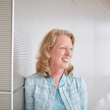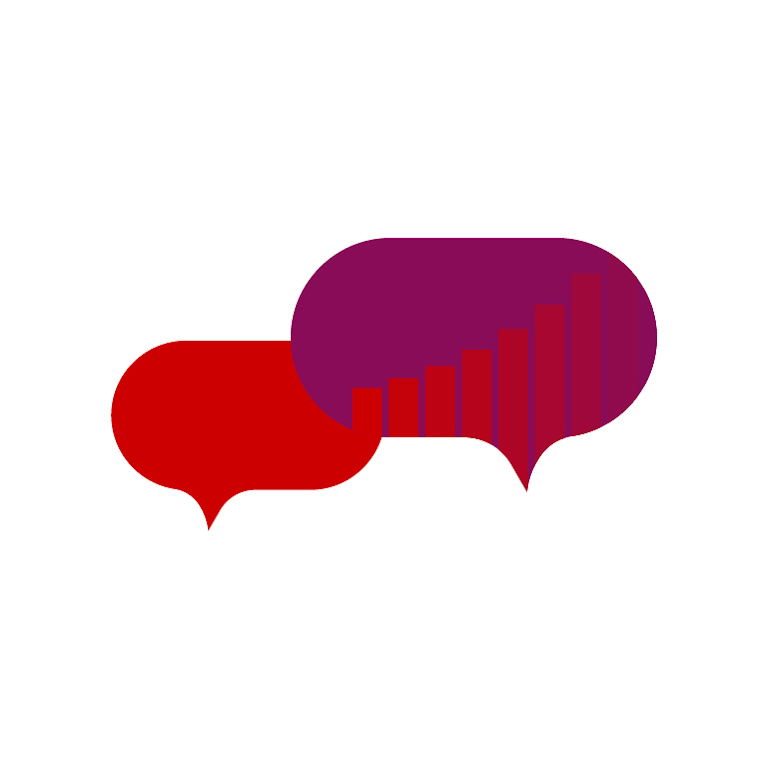The Customer Confidential Podcast
Lighting a Path to Success in Low-Engagement Industries
Barbara Higgins, former chief customer officer of Duke Energy, sees low-engagement industries as high-touch opportunities.
The Customer Confidential Podcast
Barbara Higgins, former chief customer officer of Duke Energy, sees low-engagement industries as high-touch opportunities.

You can listen to this episode and others on Apple Podcasts, Spotify, Stitcher, or your podcast provider of choice.
How often do you study your electric bill? After you first set up your account and pay a bill or two, it’s pretty unusual to engage with your utility company the way you might with, say, your bank or a retailer. After all, you typically can’t just choose any old gas or electric company. You’re limited to the ones that serve your area. It’s one of those “set it and forget it” types of industries.
But utility companies still have opportunities to build strong relationships with their customers. It’s just harder when there aren’t as many natural points of interaction. Barbara Higgins, the former chief customer officer of Duke Energy, which serves more than 8 million people, says that winning over consumers in the utilities industry means helping them to see you as adding value beyond the bounds of the traditional utility business value proposition.
Duke Energy, she says, specifically tries to identify unmet (often unconscious) needs that the company might help customers meet. This process, Barbara says, requires leaders to take an honest look at what consumers truly value, and it often involves challenging long-standing mindsets about customer satisfaction.
“Leaders of all industries have opinions of what customers must value,” she says. Before companies could track customers’ detailed interests and behavior through digital interactions, leaders’ assumptions often defined the scope and focus of their offerings. This disconnect between what customers actually valued and what leaders believed they valued left utilities bound by historical industry practice and kept them from meeting their full potential.
“Figure out how to persuade others and how to meet them where they are—just like we’re trying to meet customers where they are—and adjust to being data heavy or persuasive,” she says.
Because the utility industry is mostly regulated, Barbara says, it can be very difficult to link end customer loyalty to financial returns. But she and her team found ways to show that Duke and its competitors could more successfully win regulatory support if they had higher NPS. And that innovation not only can lead to stronger customer relationships but also stronger relationships with regulators.
If customers feel their utilities are performing well, Barbara says, “it makes the outcomes we’re looking for easier for regulators to grant because they don’t feel they have to protect customers from us.”
Barbara reports that about 60% of Duke Energy’s customers are loyal and strong company advocates. “Feeling positive about a brand—even if you don’t think about that brand every day—still has a definite value that it drives.”
Digital, she explains, has played an important role in increasing Duke’s customer engagement and satisfaction. Even though most of us don’t think about electricity every day, we might notice energy usage changes when the bill comes due. Providing usage information digitally, perhaps on a mobile app, sometimes in real time or with alerts, can engage customers more frequently and give them a simple way to monitor and manage usage. Barbara also shared examples of ways to engage customers that, on the surface, seemed quite far afield from energy usage or billing. A couple of them were surprisingly effective at building stronger customer relationships for Duke.
In this episode, Barbara and I discuss what customer loyalty in her industry looks like, and she shares some of the strategies and techniques she’s seen create lasting customer loyalty and happiness.
In the following excerpt, we discuss why success means being unafraid to look outward.
Barbara: You can't benchmark just your performance. You have to be held to an external standard because the industry may have made a leap you're not keeping pace with, and how do you constantly judge that? All brands are challenged by that because you can't reliably, objectively measure that yourself.
Rob: I hear a lot that we can't compare ourselves just against our competitors. We have to compare ourselves against the best in the world. Having worked across so many different companies and industries, I wonder whether that resonates for you.
Barbara: In the regulated utility industry, I have lots of opportunities to benchmark against other utilities. The regulators ask us to do that. We can freely share information. I get offered all kinds of times to go be with other utility leaders.
But I don't want to learn from the utility industry. I want to learn from other competitors in more competitive marketplace brands. I want to see what consumer expectations are being conditioned to because that's what they're expecting from us. I think that's helped me shape and design the customer experience.

Explore more episodes of The Customer Confidential Podcast.